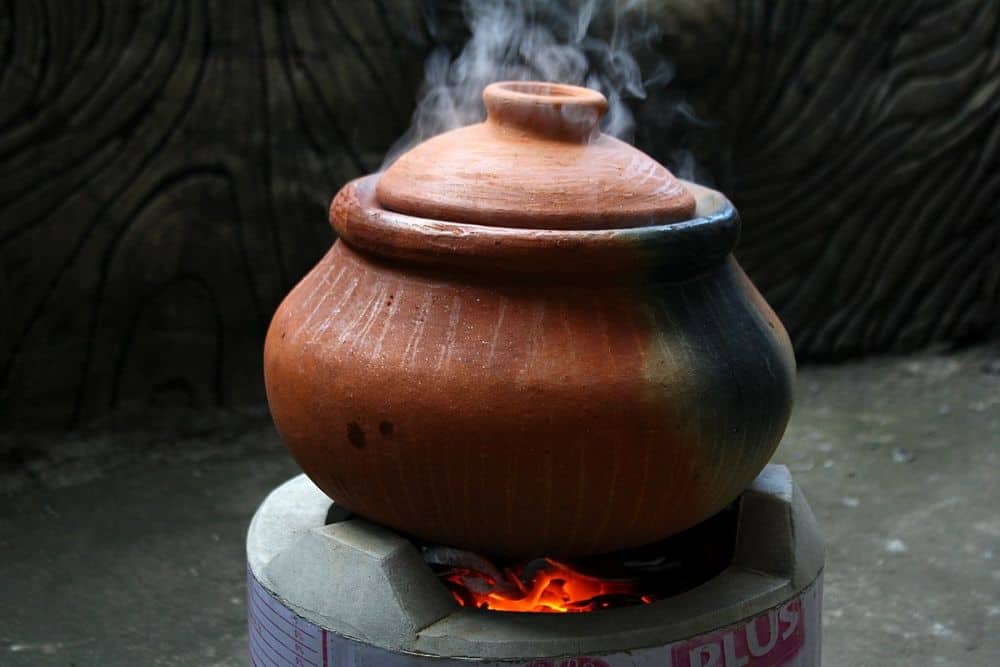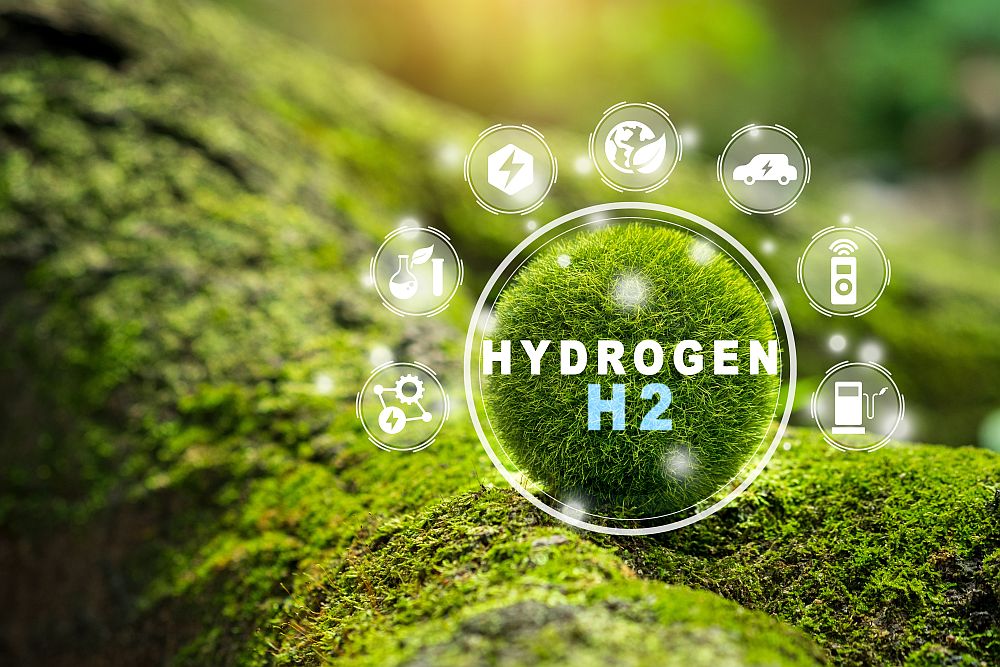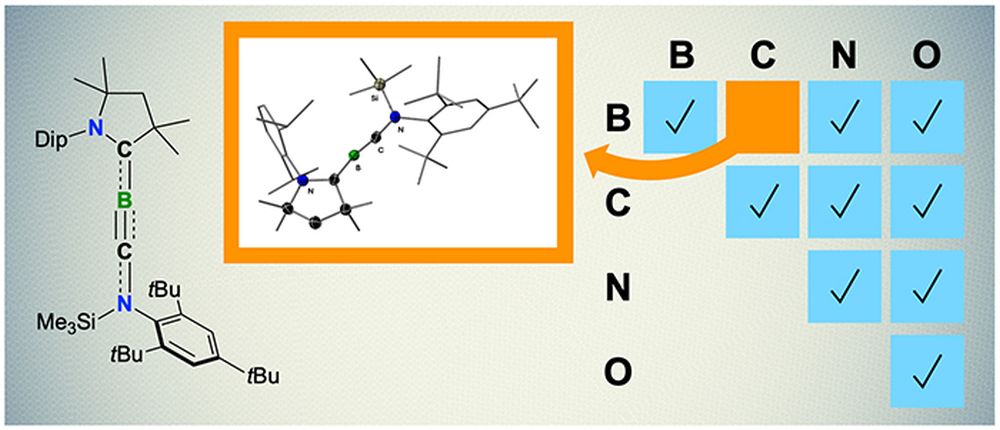
[Image above] Only certain types of ceramic cookware can be used over an open flame due to the susceptibility of ceramics to thermal shock cracking. Credit: Elmer nev valenzuela, Wikimedia (CC BY-SA 4.0)
With the dangers of PFAS “forever” chemicals becoming a widely known hazard, governments and companies alike are cracking down on the use of these materials. For consumers, it provides incentive to swap out their PFAS-containing nonstick pans for alternative cookware options, such as stainless steel and ceramic dishes.
If going the ceramics route, consumers must be careful to identify which ceramic they are choosing. There are various types of ceramic cookware, not all of which can withstand the thermal shock of stovetop use.
Despite the well-known susceptibility of ceramics to thermal shock, there is little experimental verification of real-time crack growth due to this phenomenon. Instead, most experiments on thermal shock performance of ceramics collect data on crack morphology and residual strength after thermal shock has taken place.
In the past decade, numerous theoretical studies on the initiation and propagation of thermal shock cracks were published, such as here, here, and here. Plus, some studies (here and here) succeeded in experimentally measuring thermal shock cracking of transparent ceramics through tracking the reflection and refraction of light.
In a recent paper, researchers from several universities and a state laboratory in China designed a method for real-time measurement of thermal shock cracking in opaque (nontransparent) ceramics based on digital image correlation (DIC).
DIC is an optical method that employs tracking and image registration techniques for accurate 2D and 3D measurements of changes in images before and after surface deformation. Due to its nondestructive nature, high availability, and simplicity, DIC is widely used to study fracture processes in various materials, such as asphalt concrete and magnesia refractories.
For DIC to accurately track changes between images, the observed material must feature a random distribution of gray shades across its surface that the DIC camera can identify. These shades can be a natural part of the material’s surface or paint applied before testing.
In the recent study, the researchers added gray shades to their samples by first spraying a thin layer of black speckle on the surface and then spraying a thin layer of white speckle. They sprayed samples of both alumina (Al2O3) and zirconia (3Y-ZrO2) because these ceramics “significantly differ in thermal conductivity and fracture toughness, and our previous simulation finds that they have a significant difference in crack growth rate,” thus allowing for good comparison, the researchers write.
Thermal shock testing was carried out by water quenching the samples. The speckled ceramic sheets were clamped in a sandwich configuration between two quartz glass fixtures and then placed in a muffle furnace at 400°C for 30 minutes. Immediately after removal from the furnace, the samples were sprayed with water while a high-speed camera took images of the thermal shock cracking at 1,000 frames/second. The final cracks were then dyed with blue ink so that crack morphology could be scanned and compared with DIC results.
Analysis of the data showed that crack morphologies determined by the DIC method matched very closely with the dyeing method. Additionally, as expected, the researchers confirmed different crack growth rates for alumina and zirconia, with the crack growth rate of alumina close to three times that of zirconia.
Thus, “It can be considered that this paper presents an in-situ measurement method for the initiation and propagation of water-quenched thermal shock cracks in opaque ceramics,” the researchers conclude.
The paper, published in Journal of the European Ceramic Society, is “Measurement of ceramics cracking during water quenching by digital image correlation” (DOI: 10.1016/j.jeurceramsoc.2022.12.060).
Author
Lisa McDonald
CTT Categories
- Basic Science


